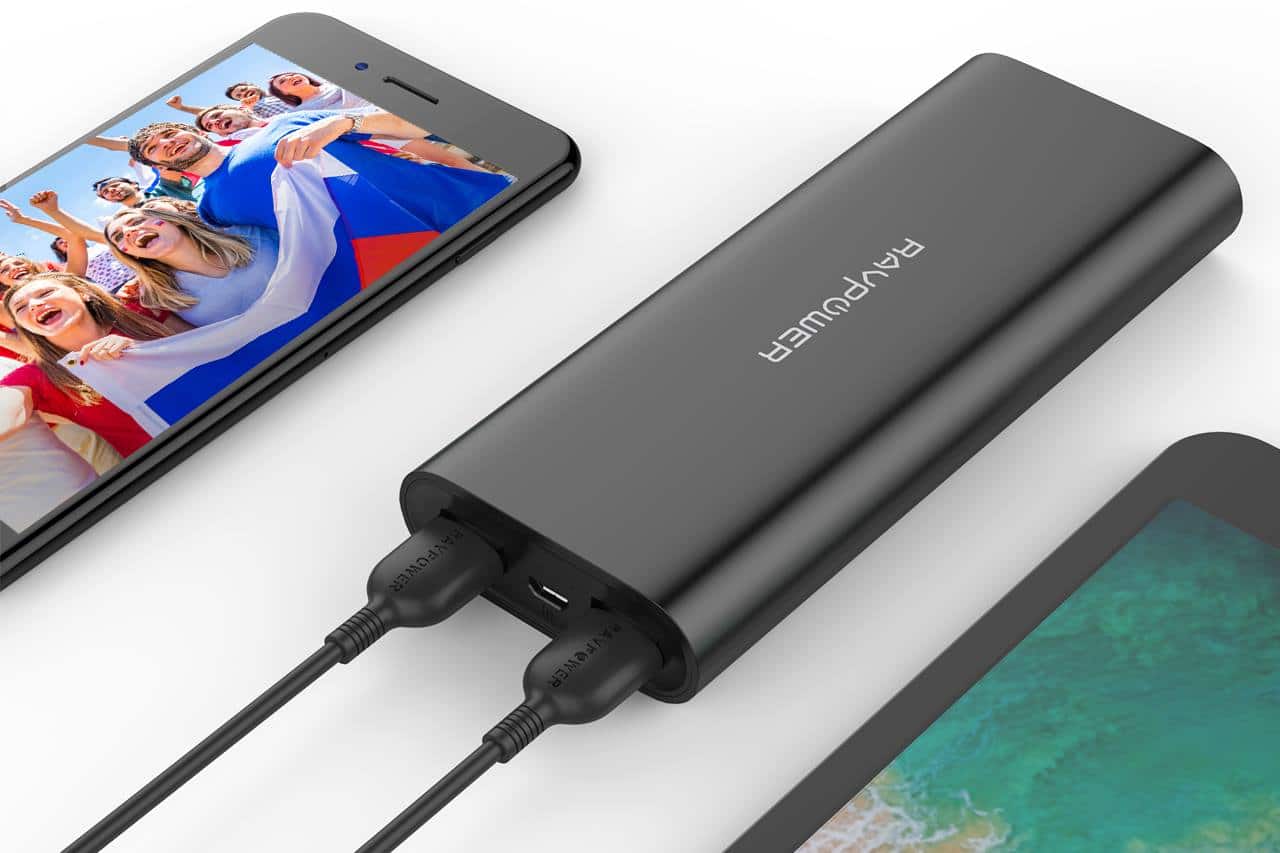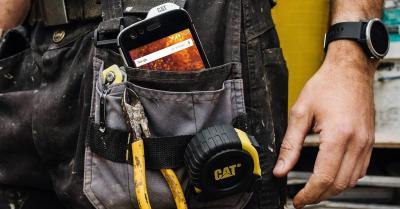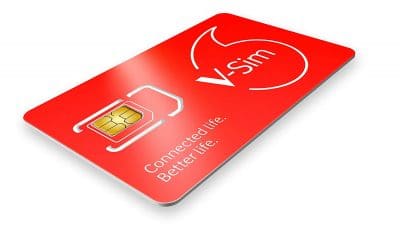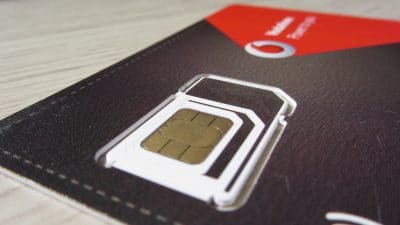The Best Power Banks For 2020 – Your Guide To Portable Phone Chargers
The biggest problem that smartphone owners have is keeping their phone charged up during the day. While smartphone batteries are getting bigger, there’s nothing worse than finding your battery dead halfway through the afternoon.
Fortunately, there’s an easy solution to this when there is no power socket available: power banks. There are tons of choices out there when it comes to power banks, so which one is right for you? We’ve got everything you need to know, as well as some great model recommendations.
Table of Contents
- Why You Need a Power Bank
- What Are My Options?
- Our Top Overall Pick
- What Do I Need to Think About Before Buying?
- What Features Should I Be Looking For?
- How We Selected Our Top Models
- The Best 8 Power Banks for 2020
- A Closer Look at Our Recommended Power Banks
- Frequently Asked Questions and Final Thoughts
Why You Need a Power Bank
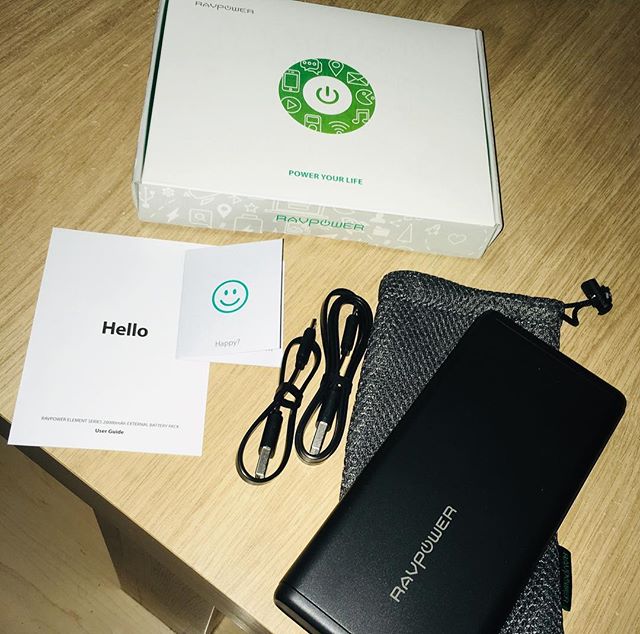
Power banks, or portable chargers, are basically an extra store of juice for your battery. Rather than needing to plug your phone into a wall charger, instead, you can plug it into a power bank and fill your battery that way. The reason most people buy a power bank is simply to allow them to charge their phones whenever necessary, without having to rely on finding an electric socket.
Since they’re extremely portable and usually very small, power banks are an easy accessory to carry around with you. And if you’re frequently away from home or the office, then a power bank is easier to rely on than finding a wall socket when you need one. Plus, you can carry your phone around whilst you’re charging it, so you won’t be tied to that wall socket either. And since power banks are pretty affordable, they’re a great thing to carry around ‘just in case.’
What Are My Options?
The essential buying point for power banks is a very simple one: size. Sure, there are other features that we’ll look at in a moment, but your first decision will be what kind of power bank size are you looking for. We divide banks up into three main classes:
Small (2500-3000 mAh)
A small power bank will store somewhere between 2500 and 3000 mAh, meaning it has enough juice to give most smartphones one full charge. Be aware that this isn’t always true these days, since many phones are coming with larger batteries, but this size should give you somewhere between 60% and a 100% charge.
Pros: Small power banks are cheap, and generally small in size as well, making them an easy option to stick in your bag or pocket.
Cons: They’re only good for one charge or even less with some bigger battery phones.
Best For: Those looking to carry a power bank only as an emergency measure to be used every now and again. Those who perhaps might need a top up before going from work to a night out perhaps.
Medium (from 3500- 10000 mAh)
A medium-sized power bank will give you from between 3500 up to 6500 mAh, generally on the higher side of that range. This should be enough to give a full charge to big battery phones (like the Huawei Mate series), or two full charges to an average smartphone.
Pros: Perfect for those that need to fully charge their phones at least once a day as well as overnight, a medium power bank should top you up completely.
Cons: More expensive than smaller versions, and if you’ve got a big battery phone you’re not going to get more than one full charge and maybe another 25% to 50% charge out of it.
Best For: Those looking to regularly fully charge their phone during the day. Or if you’re heading out camping for the weekend, a medium power bank should get you through your trip.
Large (10000 mAh+)
There are all kinds of sizes for power banks, with the largest ones running up to around 40,000 mAh. Larger packs give you more power, obviously, but they also bring with them more weight and more expensive. A large power bank may give you 3, 4, 5 or even more full charges. However, they tend to be preferred by those looking to charge multiple phones, or who want to charge tablets as well as phones.
Pros: Loads of power. You should have enough power here to get you through several days of being away from a wall socket, or enough to charge more than one mobile or a tablet as well.
Cons: The larger the capacity you go for, the more expensive your bank is going to be. And larger versions tend to be less portable as well as heavier.
Best For: Those who are frequently away from wall sockets for days at a time, or those who need to charge more than one device (either multiple phones or phones and tablets).
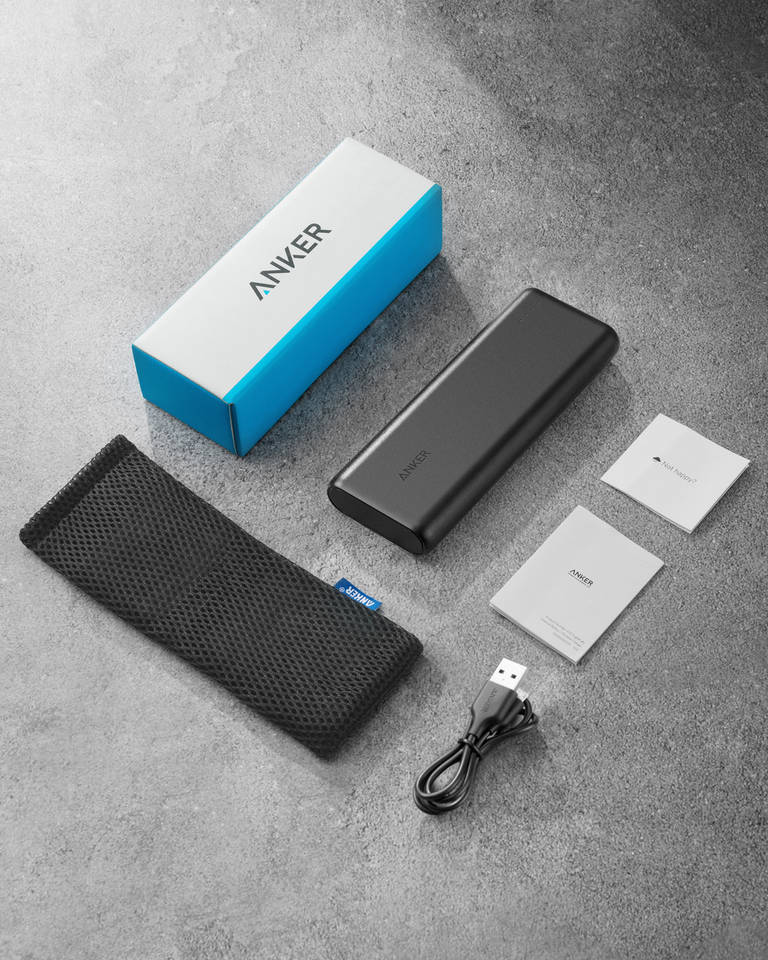
Our Top Overall Pick
Anker PowerCore 20100
No surprises here as our top pick is one of the most widely recognised brands in the power bank space, Anker. Anker’s 20100 models have tons of power, more than enough to get you through a long weekend. And two USB ports means you can simultaneously charge two devices.
Amperage here is a massive 4.8, so you’ll get the fastest charge speeds that your phone is capable of. There’s surge protection to keep your electronics safe and sound. And there’s also a four LED light display so you’ll know how much power you have left.
What Do I Need to Think About Before Buying?
Other than size, there are a few things that you’ll need to check out before deciding which power bank is the one for you:
Current Draw
Current draw or amperage tells you how quickly a power bank can transfer power to your phone. Generally there are two options available: 1 amp/5 watt, or 2.4 amps/12 watt. Some power banks will have two USB ports, offering you both options together, others will have only one. 2.4 amps is faster and means you’ll get a full charge more quickly, other than that, it really shouldn’t matter which option you go for. HOWEVER, there are a handful of top phone models that will only accept 2.1 amps or above. You can find out if your phone is one of these by checking your manual, googling your phone model, or looking at your original charger plug. You may see faster current draws advertised, but these are generally for power banks that can charge multiple devices at the same time and refer to the shared current draw.
Ports
Your power bank will have at least one port, or place where you can plug your phone in. You might want to look for multiple USB ports if you wish to charge multiple devices simultaneously. And you’ll need to ensure that you can plug your phone in the best way possible, so if you’ve got a USB-C charging phone then a power bank with a direct USB-C port will be a better choice than one that has only a regular USB port (you’ll get a faster charge with direct USB-C, however, both kinds of port will charge your phone).
Cables
Your power bank may or may not come with an attached cable. In general, you want a bank that does NOT have an attached cable, since this way you can use your own cables and mix them up if you need to (using an iPhone charger, Samsung charger, or USB-C charger depending on your needs). However, a bank with an attached cable means that you can’t lose or forget that cable, which could be an advantage. An attached cable will not give you the flexibility to change chargers though, so keep that in mind.
Cell Type
Finally, there are two different kinds of power bank when it comes to cells (basically, the kind of battery they use to store charge). Lithium-Ion (or Li-ion) is very common and usually quite cheap. However, the newest tech is Lithium-Polymer (Li-poly), which is much more expensive but will give you more charge for less weight. Long story short, a Li-poly bank will cost a bundle, but you’ll get more power inside and it’ll be easier to carry around. Li-poly banks are not very easy to find, unfortunately, though if you look hard you should find some options.
What Features Should I Be Looking For?
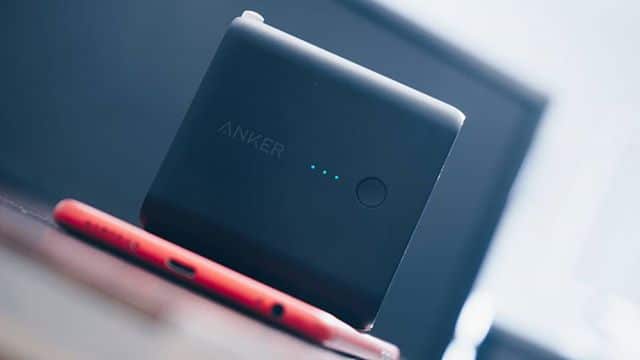
As well as the big things we mentioned above, there are a few other things that you might want to think about as you’re making your decision:
- Size: The larger your power bank is the more difficult and inconvenient it will be to carry around. The decision here is really yours, but really, the more portable the better.
- Shape: There are two real designs for power banks, the more common ‘block’ shape, or a kind of cylindrical ‘pen’ shape. Pen banks tend to be smaller and carry less charge. Block charges are bulkier, but are more stable, since they can’t roll around on flat surfaces.
- Charge Lights: Some power banks feature LED lights that let you see how much charge is left in the bank (usually four or five lights that all glow when the bank is full and go out as power is drained). This is particularly useful if you’ve got a larger bank and need to know how much charge is left inside.
- Price and Quality: Finally, you will want to look at both price and quality. Lower quality banks are likely to be cheaper but they simply won’t last as long. If you’re looking for something to use daily, then you’ll be better off going with something a little more expensive that’s going to last you longer…
How We Selected Our Top Models
But before we get to our actual recommendations, let’s first talk about how exactly we went about deciding which banks to feature on our list. We looked at all the above criteria, so we were interested in different sizes, ports, portability, and everything else, obviously. We also looked at price and quality, since those should form part of any buying decision.
Once we’d handled the basic qualifications to get on our list, we looked at customer reviews and feedback so that we could get an idea of how satisfied others were with specific models. Plus, we spend most of our time around mobile developers, salespeople, tech developers, and mobile users, the sort of people who need power banks every day, so we got plenty of professional advice as well.
Real World Testing

With several remote employees dotted across the globe, all of our team are supplied with some slick tech, one item being a power bank. Most of our team use the Ravpower power bank which features in our list below, the only negative being the super long charge time. We’ve also heavily tested the Anker and Poweradd models so we’ve got some solid hands-on experience with these products to know their pros and cons.
That being said, it’s time to get on to those recommendations. So which power banks should you be considering?
The Best 8 Power Banks for 2020
| Rank | Product | Features | Pros | Cons | |
|---|---|---|---|---|---|
|
1
|
Anker PowerCore 20100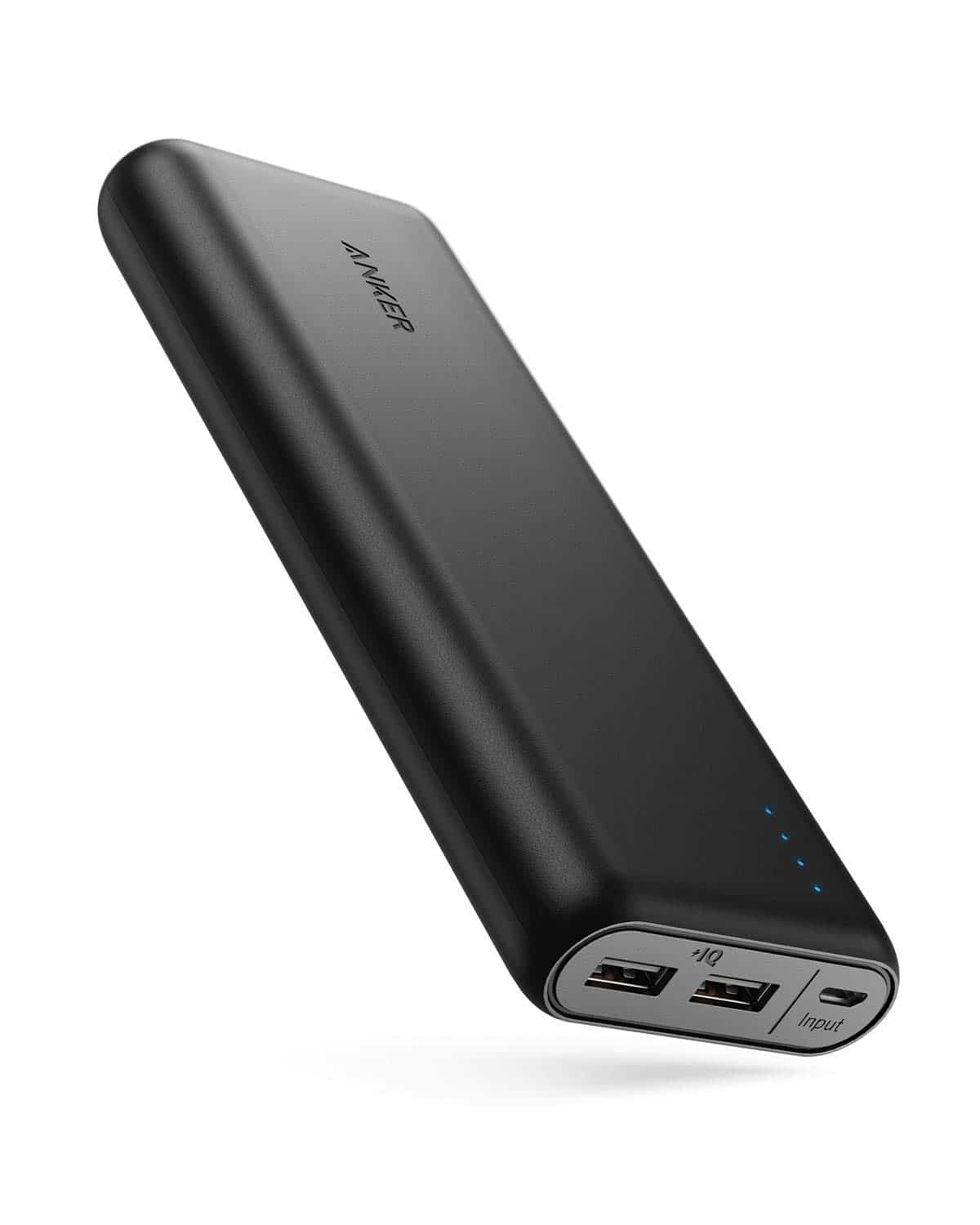
|
|
|
|
|
|
2
|
Poweradd Pilot 2GS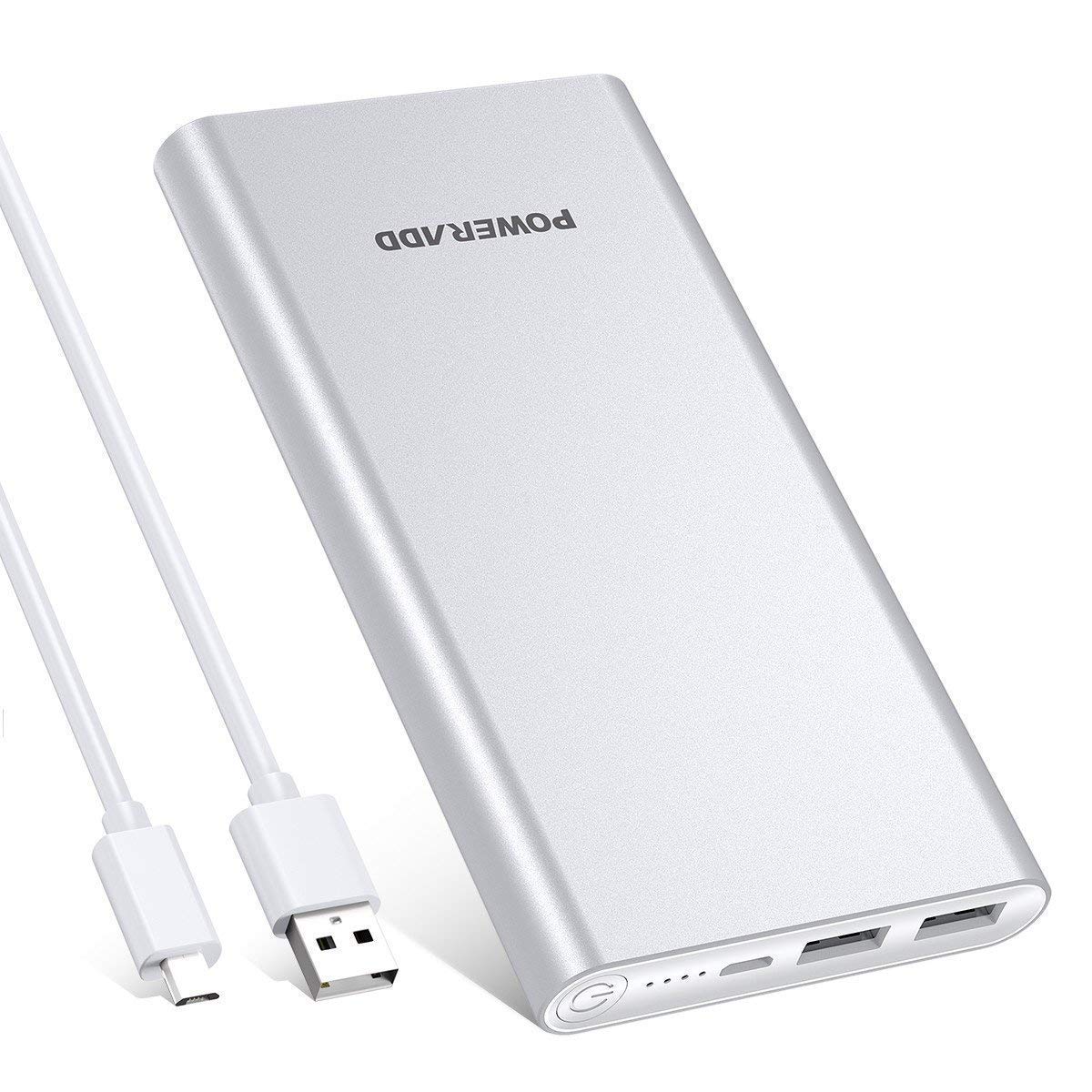
|
|
|
|
|
|
3
|
Anker PowerCore+ Mini Charger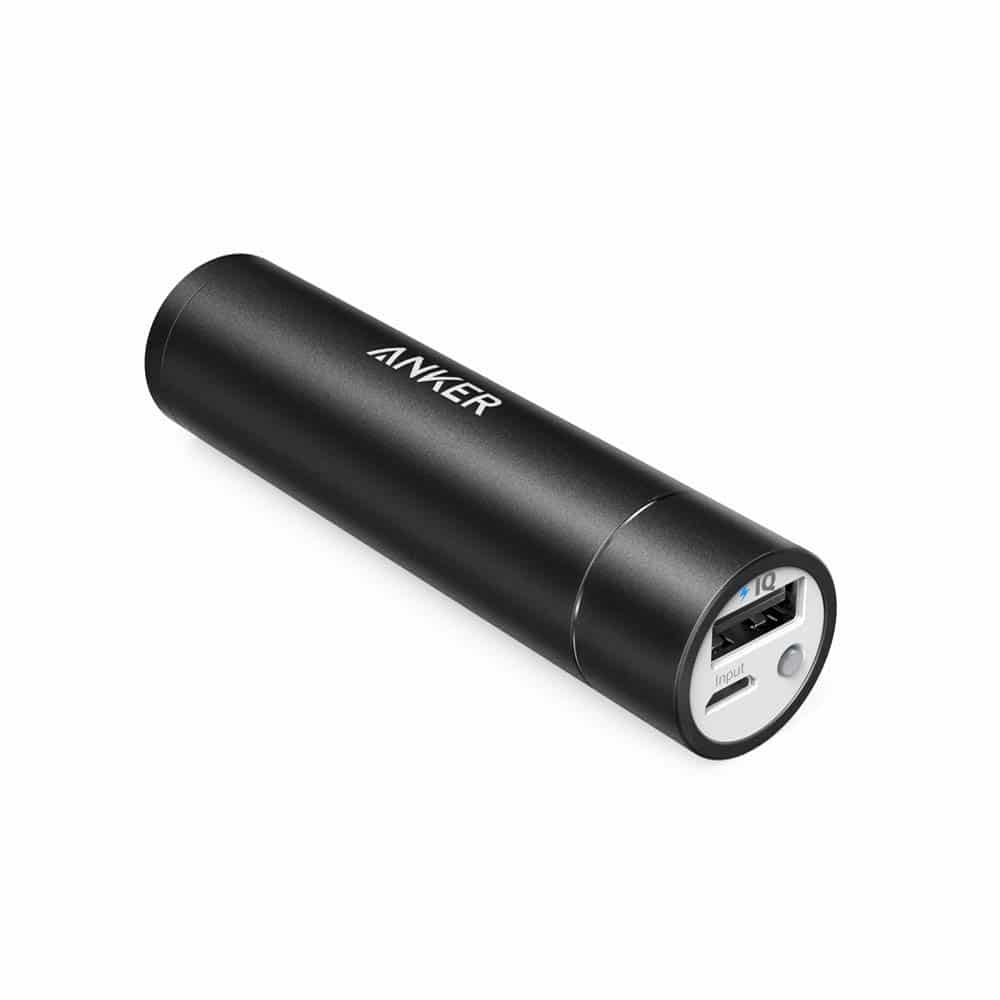
|
|
|
|
|
|
4
|
RAVPower 26800 mAh Power Bank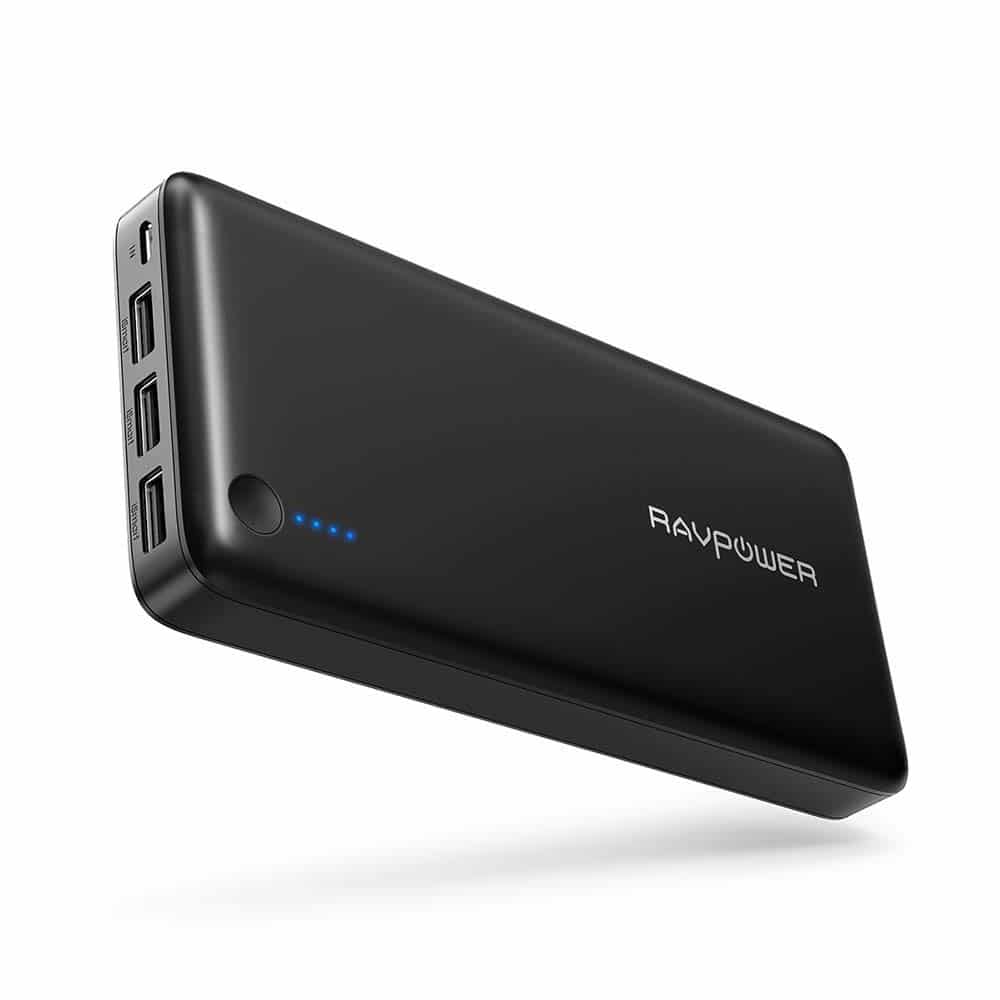
|
|
|
|
|
|
5
|
Aibocn Small Power Bank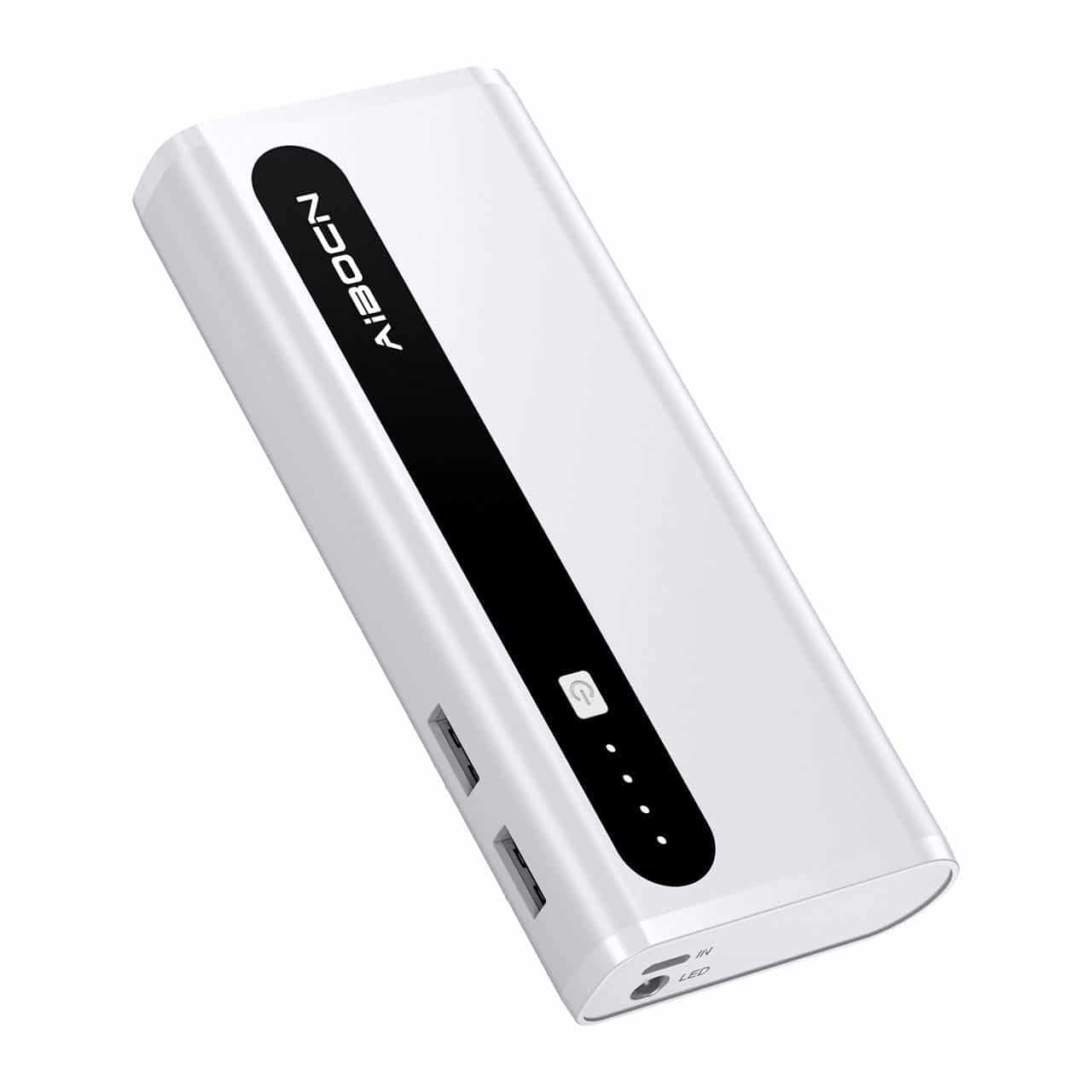
|
|
|
|
|
|
6
|
MAXOAK Ultra High Capacity Power Bank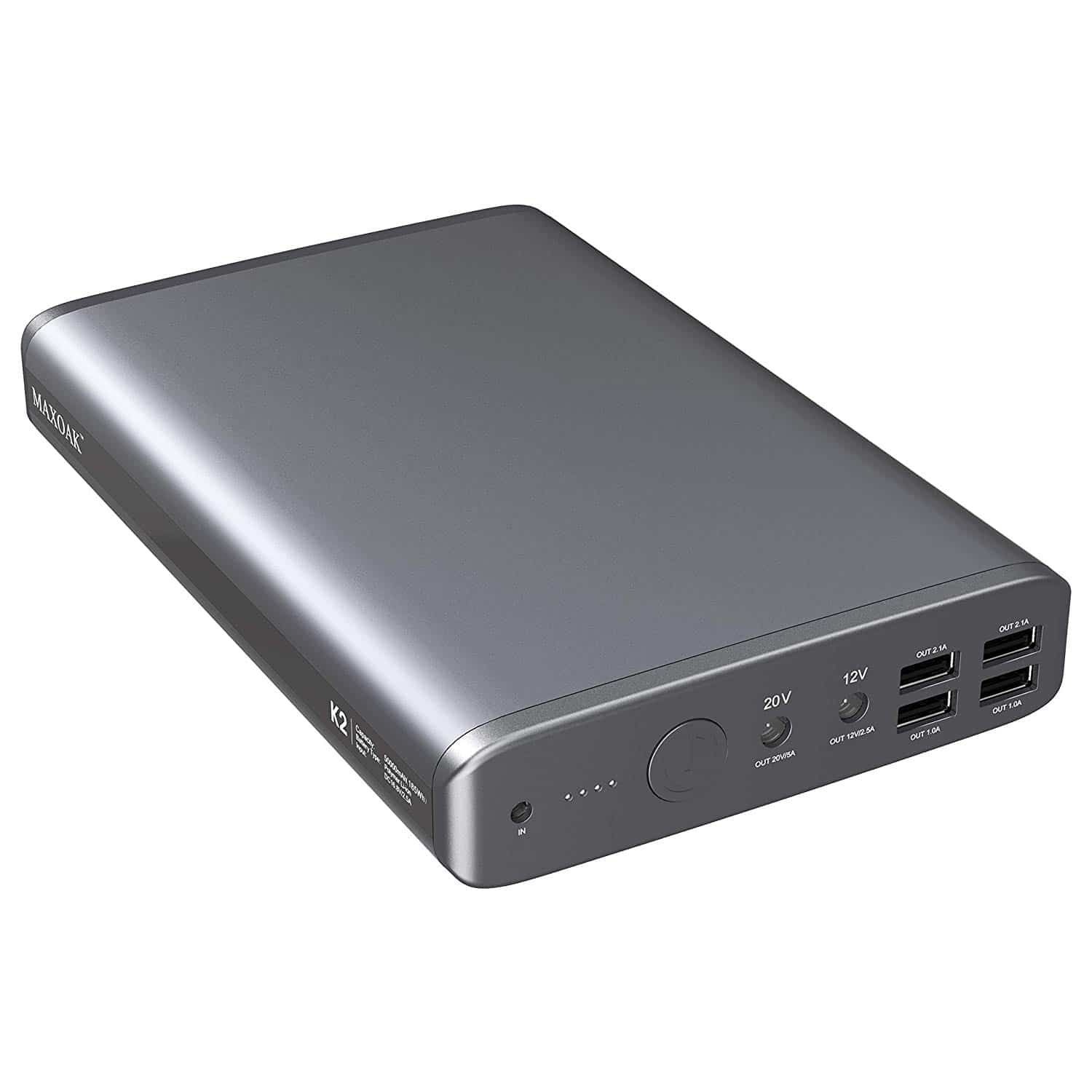
|
|
|
|
|
|
7
|
Iceworks 3000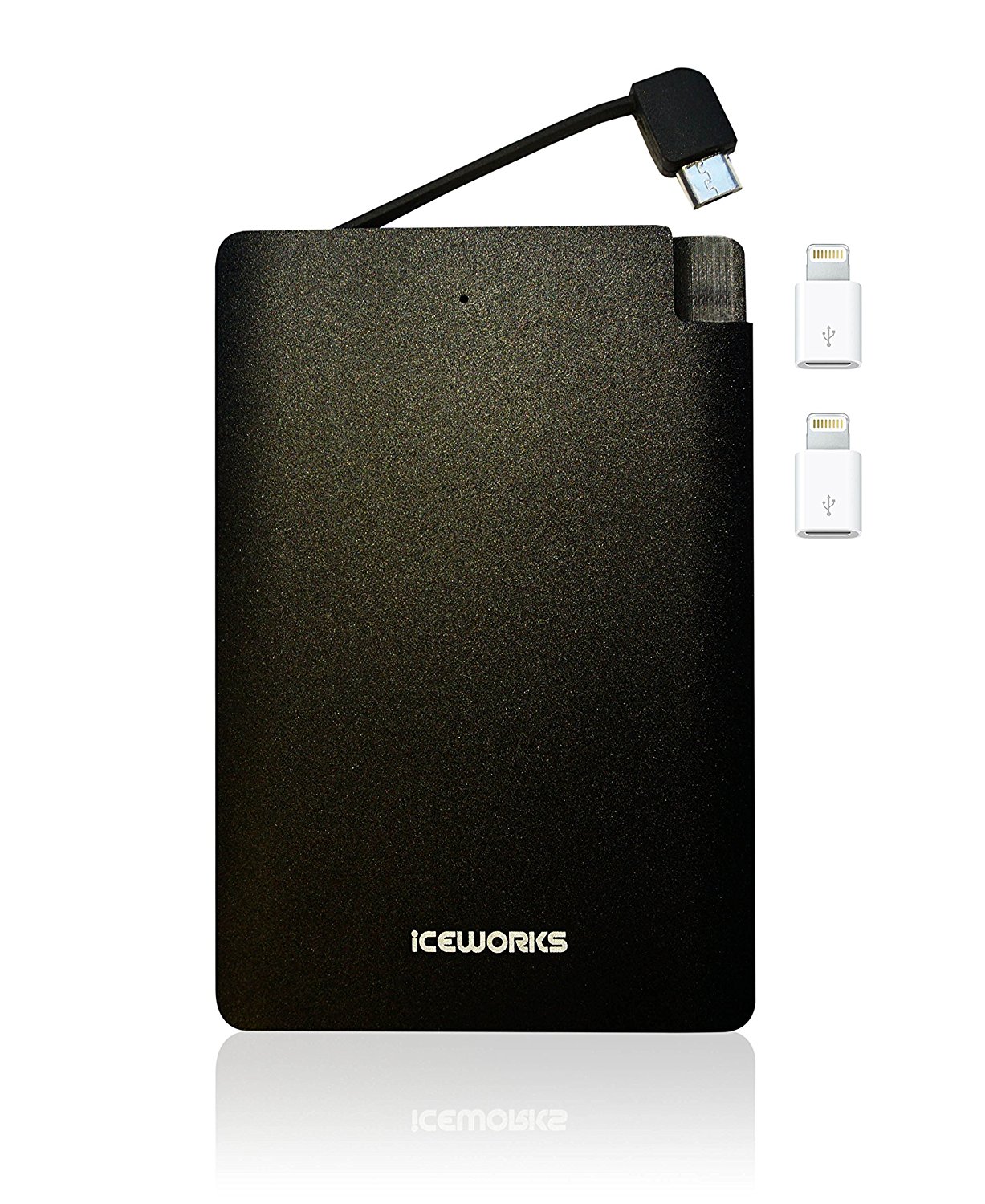
|
|
|
|
|
|
8
|
imuto 27000 mAh Power Bank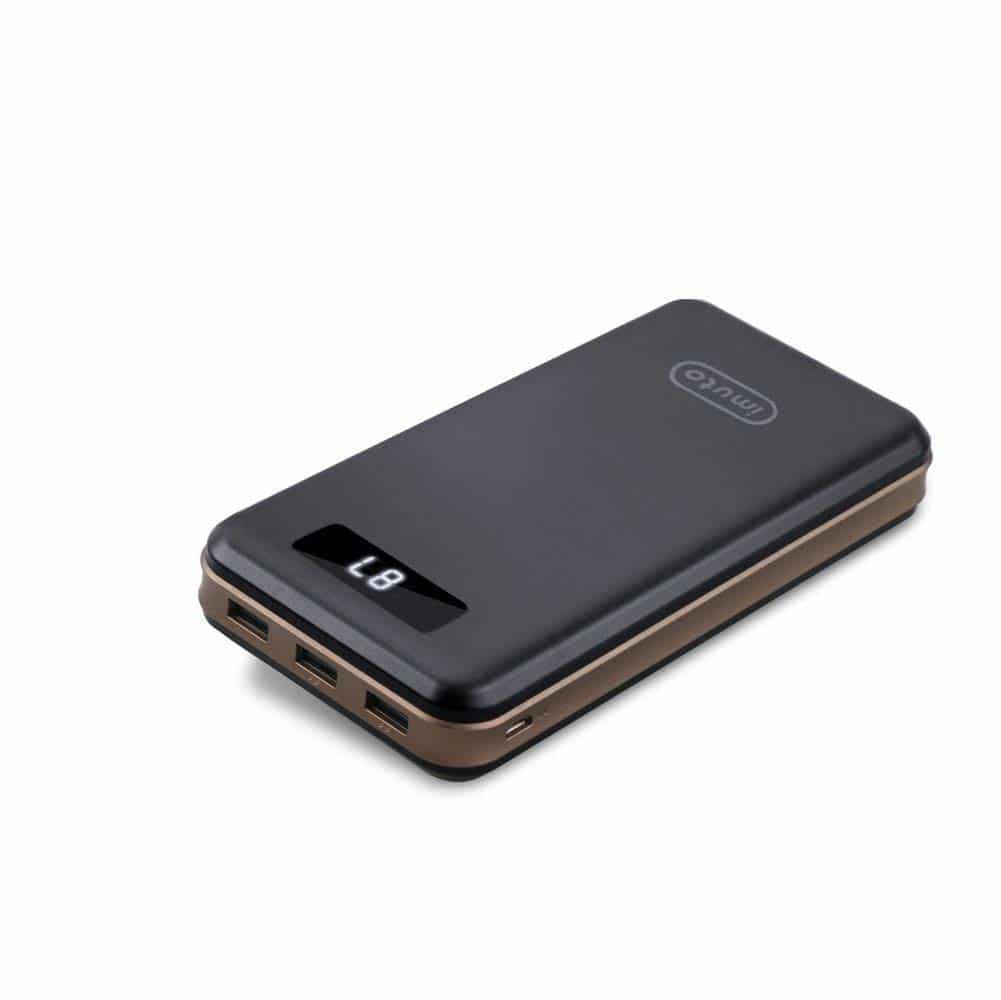
|
|
|
|
A Closer Look at Our Recommended Power Banks
Now you should have a clearer idea of what you’re looking for. But you still might be finding the options a little overwhelming. So we’ve put together a list of our favourite power bank models and reviewed them in more detail, so you know which options might be a solid choice.
The Anker PowerCore 20100 (Large)
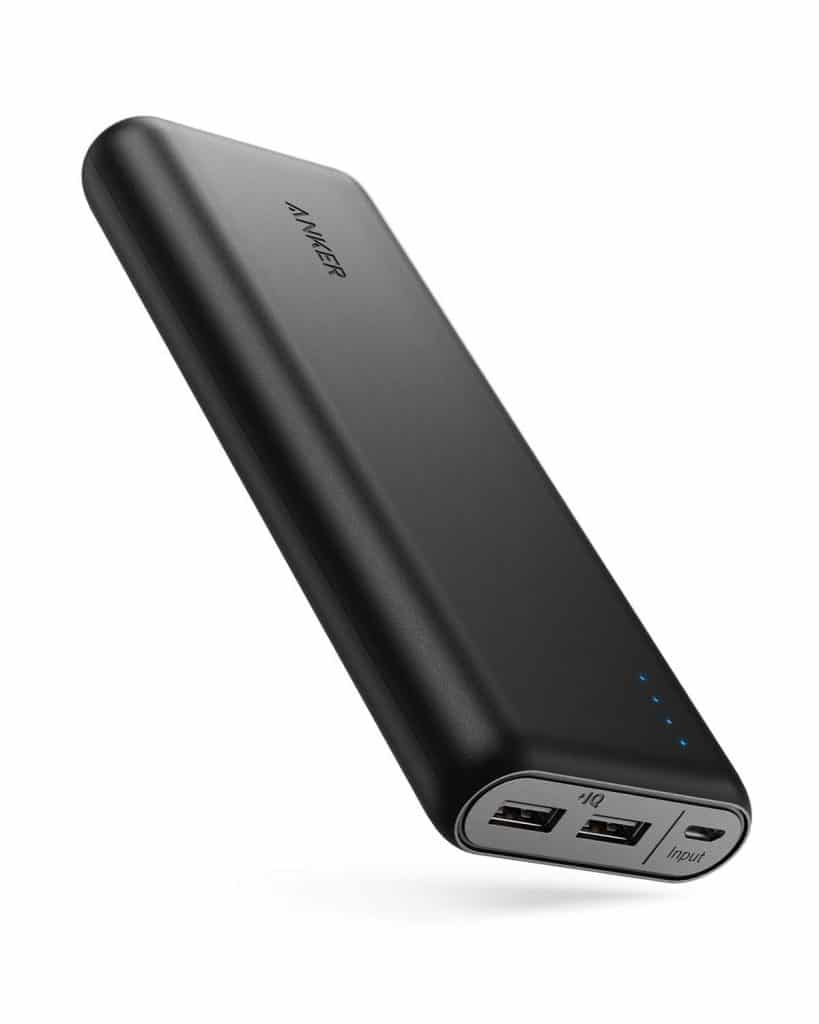
Capacity: 20,100 mAh (around 5 to 7 charges)
Number of Ports: 2
Cables: included micro USB, not attached
Weight: 349 grams
The first entry on our list is a big one and one of the best deals around. That should come as no surprise since Anker are well known for their power banks. The 20100 models have tons of power, more than enough to get you through a long weekend. And two USB ports means you can simultaneously charge two devices.
Amperage here is a massive 4.8, so you’ll get the fastest charge speeds that your phone is capable of. There’s surge protection to keep your electronics safe and sound. And there’s also a four LED light display so you’ll know how much power you have left.
On the downside, the 20100 is relatively heavy, so it’s not the most portable choice. And the device itself takes a full ten hours to completely recharge, but that’s mostly down to its big capacity. On the whole, though, this quality, this capacity, for this kind of price is a great deal.
Pros
- Lots of power
- LED lights to show how full it is
- 2 USB ports
Cons
- Relatively heavy
- Long recharge time
The Poweradd Pilot 2GS (Medium)
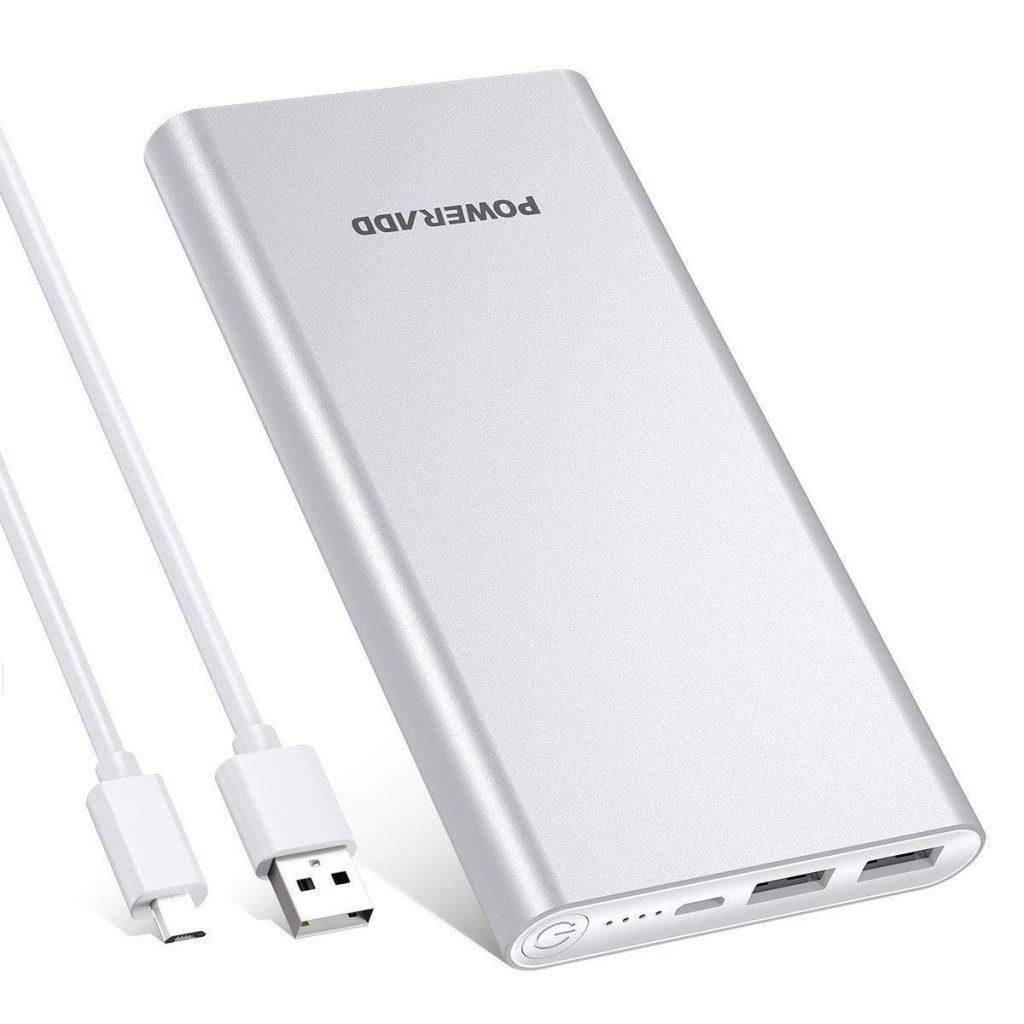
Capacity: 10,000 mAh (around 3 to 4 charges)
Number of Ports: 2
Cables: included micro USB OR lightening charger, not attached
Weight: 260 grams
This Poweradd power bank is a great medium sized option for most customers. You get 10,000 mAh of power, so enough for at least a couple of full charges for all devices. And double USB ports means simultaneous charging too. Plus, both those ports get 3.4 amps too, so you’ll get fast charging to boot on both devices.
The Poweradd does have Li-poly batteries, so you’re getting a lot of charge for little weight, making it nice and portable. The aviation aluminium body means the bank is very durable, and smart charging tech automatically detects what kind of charging speed your phone is capable of and reacts accordingly. There’s even an LED display so you can see how much charge is left.
There aren’t many negatives here. The 6 hour recharge time is a little long for just 10,000 mAh, but as long as you charge overnight that shouldn’t be a huge problem. Otherwise, this is a great medium power bank choice!
Pros
- Very portable
- 2 USB ports
- LED lights to show how full it is
Cons
- Recharge time is longer than we’d like to see
- A little pricey for 10,000 mAh (but those Li-poly batteries are worth paying for)
The Anker PowerCore+ Mini Charger (Small)

Capacity: 3350 mAh (around 1 charge)
Number of Ports: 1
Cables: included micro USB, not attached
Weight: 73 grams
If you’re looking for a small emergency power bank, then this could be the choice for you. This lipstick style charger is extremely portable, and carries 3350 mAh of power, enough to fully charge most phones and get a solid 60% to 70% charge on big battery devices. And since it’s so small, you’ll be able to recharge it in just three hours or so.
You get LEDs to let you know the charge status of the charger, and there’s surge protection and short circuit protection as well, so your devices will be safe. You even get an included travel pouch, so you can safely throw the PowerCore+ into your bag without fear of damaging it.
On the more negative side, you only get around 1 amp of output, so your phone isn’t going to charge particularly quickly. And some customers have complained that the device doesn’t automatically charge your phone (there’s a small button you’ll need to remember to click) so operation isn’t quite as intuitive as it could be. But as far as small capacity chargers go, this one is really the gold standard.
Pros
- Very light and portable
- LED lights to show charge status
- Surge and short circuit protection
Cons
- Operation isn’t as intuitive as it could be
- Single USB port, so no multiple charging
- Only 1 amp output, so charging is pretty slow
The RAVPower 26800 mAh Power Bank (Large)

Capacity: 26,800 mAh (around 8 to 10 charges)
Number of Ports: 3
Cables: 2 included micro USBs, not attached
Weight: 458 grams
If you’re looking for a monster charger, then this is it. With a massive 26,800 mAh, this RAVPower device should be more than enough to get you through a week in the wilderness with your smartphone. And there’s three USB ports, so you can charge up to three devices simultaneously, perfect for family trips.
This is a plug and play device, just connect your phone and you’re good to go. You get surge and short circuit protection too, as well as an included travel pouch and two micro USB cables. And given the huge capacity the fact that you can recharge the entire device in just fourteen hours is pretty amazing. The amperage here is 5, but that’s combined for all three ports. One device will charge very quickly, but add three and you’ll see those charge times extend. And you do get LED status lights.
The negatives? Well, this is a big device and a heavy one too, so it’s not the most portable option. There have been a couple of complaints about one or more of the USB ports not working, but from customer reviews, it seems that RAVPower customer service had dealt with these issues quickly and efficiently, so be sure to report any problems should they occur. These things aside, this is a great deal, tons of power for a bargain price!
Pros
- Tons of power
- LED lights to show status
- 3 USB ports and 2 included cables
Cons
- Heavy!
- Recharge time could be a deal breaker for some (though it’s good for this capacity)
The Aibocn Small Power Bank (Medium)
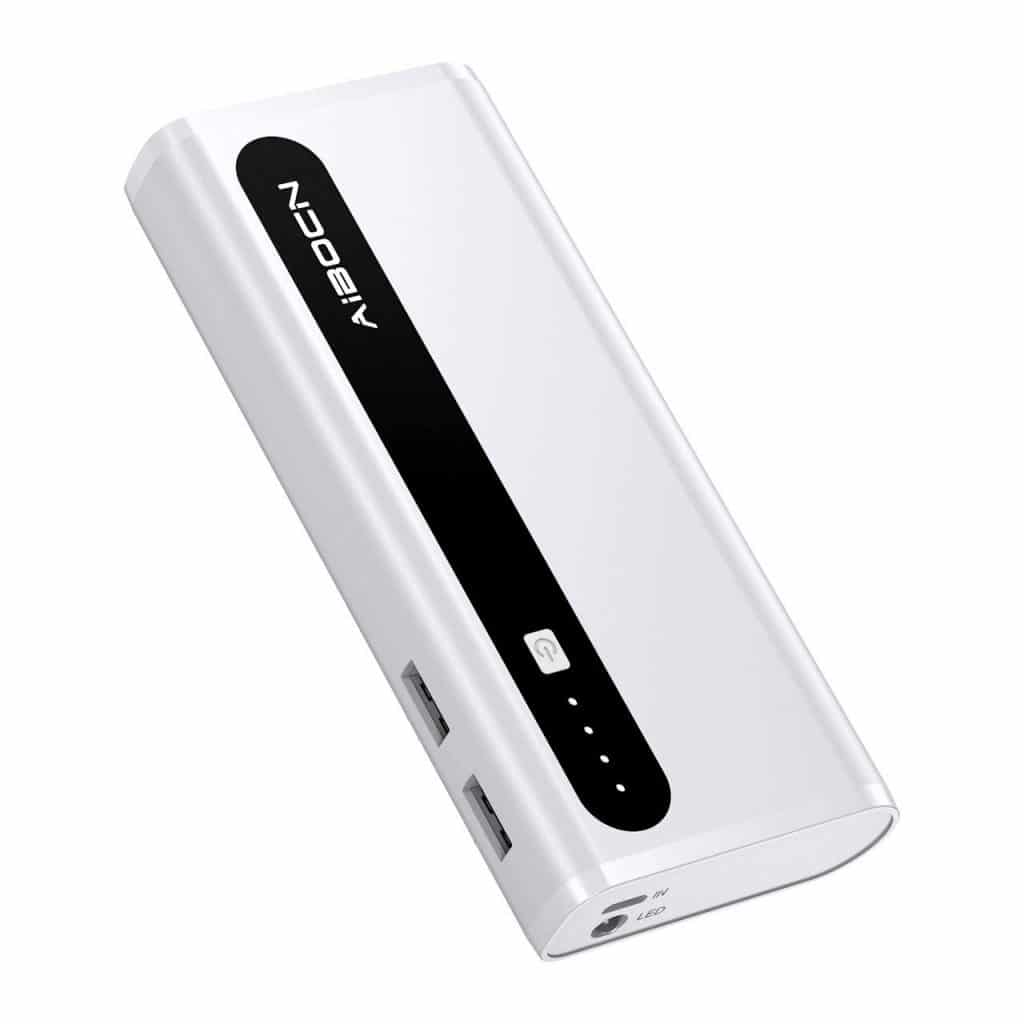
Capacity: 10,000 mAh (around 3 to 4 charges)
Number of Ports: 2
Cables: included micro USB, not attached
Weight: 292 grams
The Aibocn power bank is the perfect choice if you’re looking for something to take out into the wilderness with you. With 10,000 mAh of power on board, you should be fine for the weekend, and double USB ports means you can charge two devices as well. The casing is durable and fingerprint-proof, and the power button means that you can’t accidentally discharge to device either. All in all, this is a rugged choice.
You get a backup flashlight on board as well, plus all kinds of added security (anti-surge, overcharging, over voltage, over current, and short circuit). There’s a four LED display to let you know how much charge is left. And one of those USB ports is a 2.1 amp port, so you’ll get a quick charge as well.
On the downside, the second port is only a 1 amp output, so it will charge a little more slowly. And recharge time here is around ten hours, which is pretty high for something of this capacity. But if you’re looking for a power bank to take out into the great outdoors, then this rugged choice should be fantastic.
Pros
- LED gauge to show charge status
- Backup flashlight
- 2 USB ports
Cons
- Only one port has fast charge
- Relatively long recharge time
The MAXOAK Ultra High Capacity Power Bank (Large)
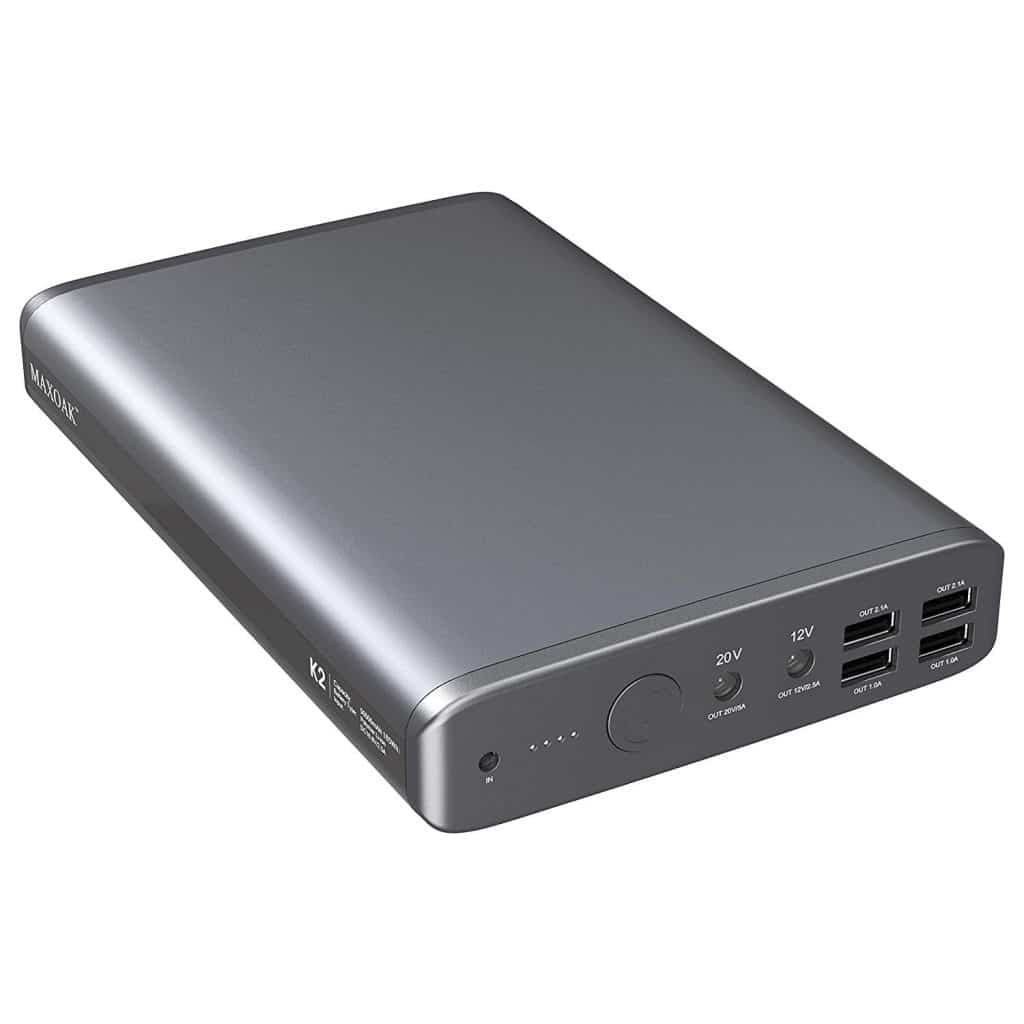
Capacity: 50,000 mAh (around 15 charges)
Number of Ports: 6 (four USB, a 20v laptop charging port, and a 12 volt digital camera port)
Cables: included micro USB, not attached
Weight: 1.26 kilos
Okay, this is a serious power bank, and it’s only for those that truly need something dependable and huge to take away with them. However, if you’re frequently gone for a week or more, the MAXOAK Ultra will more than fulfil your needs. A whopping 50,000 mAh of power, and six charging ports (including dedicated laptop and digital camera ports, 2x 1 amp ports, and 2x 2.1 amp ports), means that you’ll never have to worry about dead batteries again.
You get LED status lights, tons of added security against short circuits and power surges (MAXOAK say there are 6 safety protocols in place), and even a carrying bag to keep everything together. Better still, thanks to a full power supply connection you can recharge the entire thing in just six to eight hours.
Sounds perfect, right? The downsides here are definitely price and weight. The Ultra isn’t light, and at over a kilo it’s not something you’re going to carry around in your pocket. And it’s not cheap either. But if you’re looking for something serious that’s capable of charging even a laptop, then this is the power bank for you.
Pros
- Oodles of power
- 6 output ports (including dedicated laptop and digital camera ports)
- Very short recharge time
Cons
- Very heavy
- Very expensive
The Iceworks 3000 (Small)
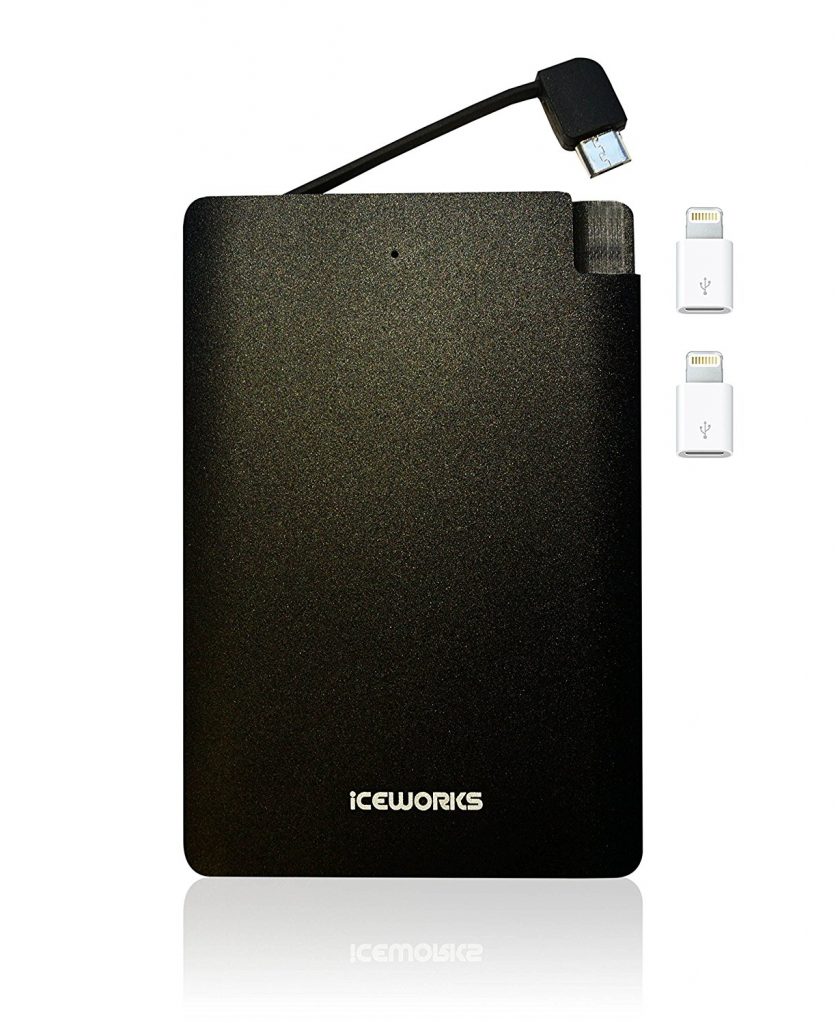
Capacity: 3000 mAh (around 1 charge)
Number of Ports: 1
Cables: included micro USB attached (includes iPhone charging adaptors)
Weight: 90 grams
If you’re looking for portability, then this is going to be the power bank for you. Ultra slim, ultra lightweight, the Iceworks 3000 slips easily into your pocket. So easily that you might forget it’s there. At just 3000 mAh, you won’t be carrying a lot of power, but you’ll have enough in case of emergencies.
The cable is attached, so there’s nothing for you to forget or lose, and you simply need to plug in and you’re charging. There’s even a full money back guarantee if you’re not satisfied. This power bank is absolutely as simple as they get.
On the downside, you’re not getting any extras here. There’s no LED indicators, no rugged casing, and you can only charge one device at a time. And output is only 1 amp, so no fast charging either. However, if you want simple, affordable, and portable, the Iceworks 3000 has got you covered.
Pros
- Very portable and lightweight
- Attached cable means you don’t need to remember to bring another
- Full money back guarantee, and very affordable
Cons
- No LED indicators
- Only 1 amp output, so no fast charging
The imuto 27000 mAh Power Bank (Large)

Capacity: 27,000 mAh (around 7 to 9 charges)
Number of Ports: 3
Cables: included micro USB, not attached
Weight: 499 grams
And finally, another big contender, the imuto 27000 mAh power bank. You get tons of power here, enough for a good week away from a plug socket. And 3 USB ports means simultaneous charging is possible. Better still, all of those ports offer 3.4 amps, so you’ll be getting fast charge times no matter where you plug in.
One of the key features of the imuto is the digital display that lets you see exactly what percentage of charge is remaining, very convenient. You get a waterproof travel pouch as well, and protection against over charging, over current, over voltage, and short circuits. You can even charge laptops, Nintendos, and tablets too.
The downside here is probably going to be weight, since this isn’t a particularly light device, and it’s bulky too. And recharge time is pretty long too, at around twelve hours or so. But if you’re looking for something with a digital display and that you can take away for a week or more, then this is going to be a good bet.
Pros
- Lots of power
- Digital display shows the exact percentage of charge remaining
- 3 3.4 amp fast charging USB ports
Cons
- Relatively heavy
Frequently Asked Questions and Final Thoughts

Some common questions we’ve received after publishing our guide are answered below:
What about cheaper power banks sold on Alibaba, Aliexpress and other Chinese outlets?
If you start searching on eBay or Aliexpress, you will come across a lot of power banks claiming to pack high charge capacity with very attractive prices. As always, if it looks too good to be true, then it probably is. If they are unbranded you can run into both safety risks via spontaneous combustion or buying completely dud units. Some buyers have disassembled power banks and found bags filled with sand to give the item extra weight so tread carefully.
Which brand of power bank is the best right now?
A lot of websites and reviews are reluctant to back one specific brand for fear of looking biased. However, our job is to inform based on experience and we can say unequivocally that the best power bank brands right now are Anker and Ravpower.
It’s a close run thing between the two but Anker just about edges it for us. The firm has been producing top-notch power banks and solar power chargers for several years so they’re one of the most established brands out there with the tooling, manufacturing processes and customer service in place to offer a solid buying experience so you can’t really go wrong.
Which power bank will last the longest (charge cycles)?
We can’t make a single product recommendation here as there are too many variables at play. Hypothetically, the power bank that lasts the longest will combine the following three things:
- The highest quality batteries
- The largest number of batteries
- The latest technology to aid longevity
Is that our top overall pick, the Anker PowerCore 20100? Possibly. But it really depends on how often you use it, how you charge it and the conditions it operates in.
There’s also variability in manufacturing and from time to time lithium-ion batteries can have differing reliability. For example, our team use Dell XPS 13 laptops for day to day work and are supplied with a Dell Power Companion. We’ve had Dell Power Banks that have completely died after 6 months, while others continue to work perfectly despite being two years old. The reality is that even with something simple like a power bank you do get a bad apple from time to time.
How do I use my power bank for the first time?
The key thing is to always read the user manual before using any power bank. While power banks are relatively simple devices with universal best practices, there are nuances between manufacturers so reading the instructions specific to the device you purchased is a must.
However as a general rule, when you buy a power bank it usually has a certain level of charge when you take it out of the box. Before you use it for the first time most manufacturers recommend giving it an initial charge to the max as indicated by the charge level LED. That’s basically all there is to it.
How do you know when the power bank is fully charged?
Generally, power banks have 3 or 4 LED light indicators that tell you the current charge level. The 1st one indicates 25% of power, 2nd one indicates 50% power, the 3rd one indicates 75% power and the 4th one indicates full power which is around 95%.
It’s not recommended to keep your power bank on continuous charge as this can degrade the battery. However, this isn’t really a safety issue, just a best practice, as lithium-ion batteries have built-in safeguards designed to prevent them from exploding if they’re left charging while at maximum capacity.
When should you recharge your power bank?
You’ll find a lot of conflicting information about this but the science suggests that partial discharge cycles are the way to go. That means it’s better to charge your power bank when it shows 25% rather than waiting until it becomes empty.
The lithium-ion batteries used in portable power banks do not have a charge memory. That means deep-discharge cycles are not required.
There is one exception. After 30 or so partial charges, you should allow lithium-ion batteries to almost completely discharge. Repeated partial discharges create what is known as a digital memory, decreasing the accuracy of the device’s power gauge. The full drain then a full charge will allow the power gauge to be recalibrated.
I don’t use my power bank often, how should I store it?
If you’re going to be storing your power bank for an extended period of time, you should leave it with a charge somewhere around 50 per cent.
How long does a power bank take to charge?
The charging time basically depends on two things – the capacity of your power bank e.g. 20,000 mAh and the charging rate. The following formula can be used:
Charging time in hours = Power bank capacity in mAh / charging rate in mA
Most power banks will be charged via a Micro USB charger and usually, this comes from a wall charger at 1 or 2 amp.
If we take the example of a 20,000mAh, a 2A input will charge it in about 10 hours. However, if it’s only a 1A output the time to charge would double to 20 hours.
Power Bank Charging Times Guide
| Power Bank Capacity | Charging Time via 2A Charger (double the time if using a 1A charger) |
|---|---|
| Under 500mAh | Under 15 minutes |
| 500mAh to 599mAh | 15 min to 18 min |
| 600mAh to 699mAh | 18 to 21 min |
| 700mAh to 799mAh | 21 to 24 min |
| 800mAh to 899mAh | 24 to 27 hour |
| 900mAh to 999mAh | 27 to 30 min |
| 1000mAh to 1499mAh | 30 to 45 min |
| 1500mAh to 1999mAh | 45 to 60 min |
| 2000mAh to 2499mAh | 1 to 1.25 hours |
| 2500mAh to 2999mAh | 1.25 to 1.50 hours |
| 3000mAh to 3499mAh | 1.50 to 1.75 hours |
| 3500mAh to 3999mAh | 1.75 to 2 hours |
| 4000mAh to 4499mAh | 2 to 2.25 hours |
| 4500mAh to 4999mAh | 2.25 to 2.50 hours |
| 5000mAh to 5499mAh | 2.50 to 2.75 hours |
| 5500mAh to 5999mAh | 2.75 to 3 hours |
| 6000mAh to 6499mAh | 3 to 3.25 hours |
| 6500mAh to 6999mAh | 3.25 to 3.50 hours |
| 7000mAh to 7499mAh | 3.50 to 3.75 hours |
| 7500mAh to 7999mAh | 3.75 to 4 hours |
| 8000mAh to 8499mAh | 4 to 4.25 hours |
| 8500mAh to 8999mAh | 4.25 to 4.50 hours |
| 9000mAh to 9499mAh | 4.50 to 4.75 hours |
| 9500mAh to 9999mAh | 4.75 to 5 hours |
| 10000mAh to 10999mAh | 5 to 5.50 hours |
| 11000mAh to 11999mah | 5.50 to 6 hours |
| 12000mAh to 12999mAh | 6 to 6.50 hours |
| 13000mAh to 13999mAh | 6.50 to 7 hours |
| 14000mAh to 14999mAh | 7 to 7.50 hours |
| 15000mAh to 15999mAh | 7.50 to 8 hours |
| 16000mAh to 16999mAh | 8 to 8.50 hours |
| 17000mAh to 17999mAh | 8.50 to 9 hours |
| 18000mAh to 18999mAh | 9 to 9.50 hours |
| 19000mAh to 19999mAh | 9.50 to 10 hours |
| 20000mAh to 20999mAh | 10 to 11 hours |
| Over 21000mAh | Over 11 hours |
How many times can a power bank recharge my phone?
The main factor at play here is how much capacity your smartphone’s battery is. You can get that figure from the manufacturer’s website. Then it’s simply dividing mAh of the power bank by the mAh of your device battery.
So a 20000mAh power bank, in theory, should charge an iPhone XS Max from 1-100% 6.3 times (20000 /3174 = 6.3).
This is never 100% accurate as there always other factors involved such as temperature, the condition of the power bank etc. which will influence the charging capabilities but as a ballpark estimate, it’s good enough.
How long do the lithium-ion batteries last in a power bank?
As technology has improved, scientists have fine-tuned the chemical mix inside lithium-ion batteries to try and get them to last longer, charge faster, and work more efficiently. Despite that, the nature of the chemicals means that lithium-ion batteries still have a set lifespan.
This set lifespan is due to the nature of the chemical reactions happening at the anode and cathode, thin layers of insulating atoms are created, obstructing the effectiveness of the electrodes. Most manufacturers give an estimate and it’s usually between 300 and 1,500 charge cycles. If you’re looking for a real word number we suggest 500 cycles as a figure to expect from any of the power banks in our top 8 list.
Bottom Line
So there you have our top 8 power banks for 2019. If you have any questions about the products featured here feel free to contact us. Finally, if you have any products you think we should review and add to our list, send your recommendations our way.

